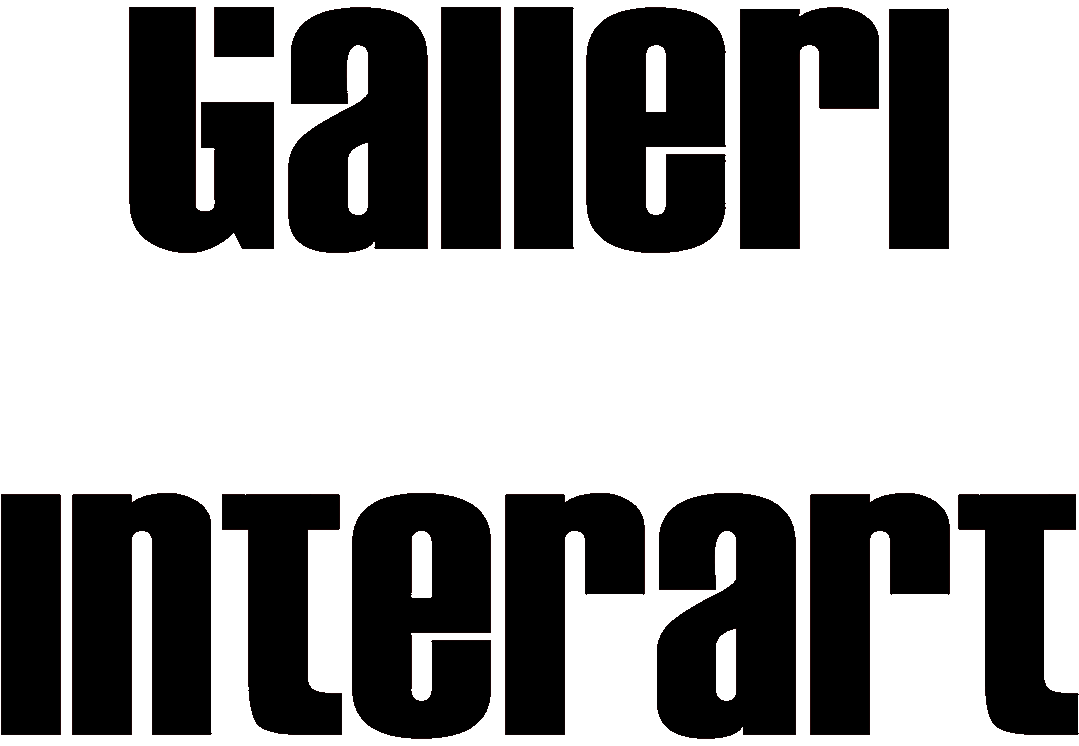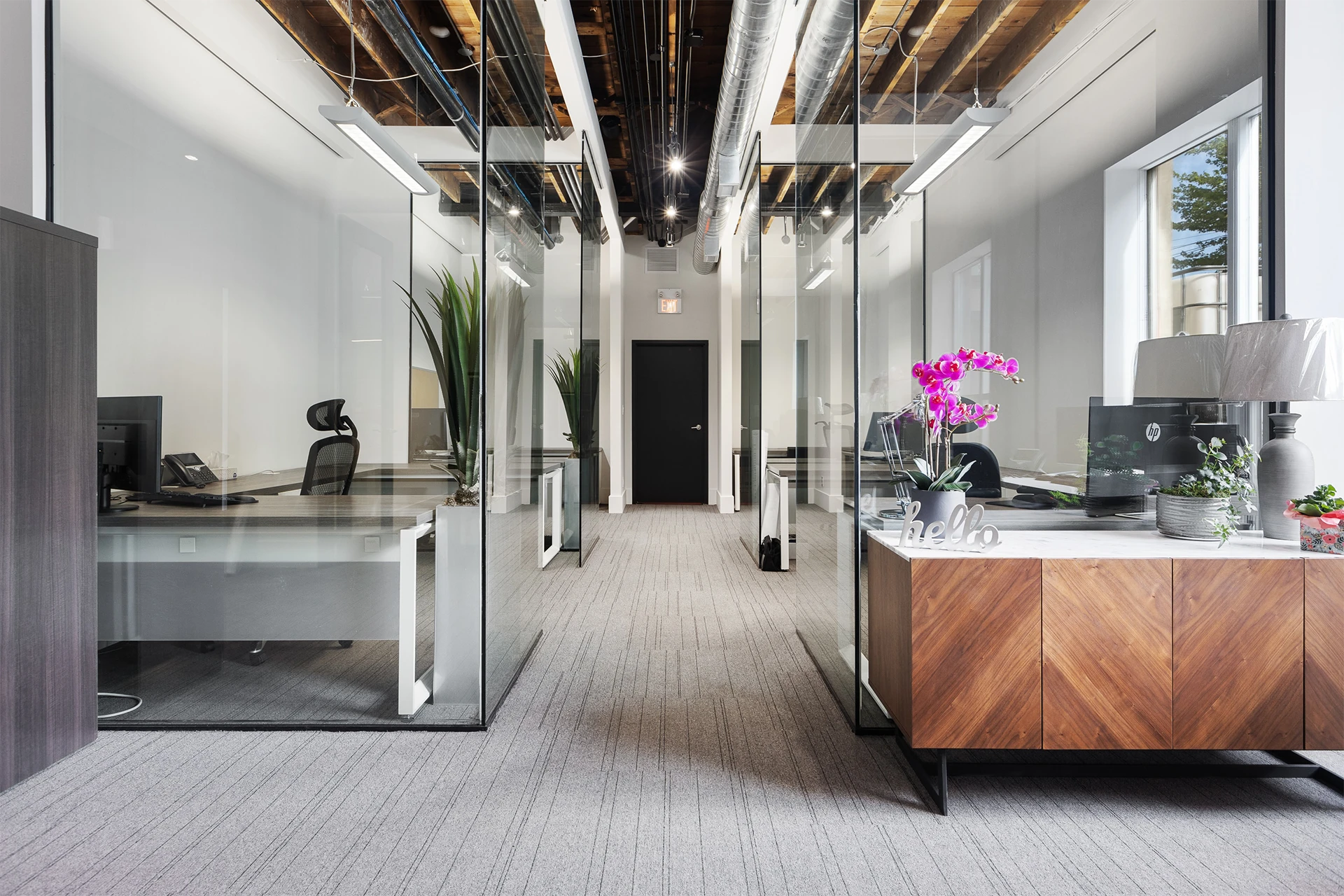How Workplace Art Can Improve Your Bottom Line
Did you know that adding art to your workplace can significantly impact your bottom line? From boosting employee productivity to enhancing client impressions, workplace art has the power to transform your business in ways you never thought possible. In this blog, we will explore the benefits of incorporating art into your office environment and how it can positively influence the well-being of your employees. We'll also examine real-life examples of successful art integration in offices and provide tips for choosing the right artwork for your workspace. Join us on this journey as we uncover the transformative effects of workplace art and discover if your office is ready for an artistic transformation.
The Power of Art in the Workplace
Elevating the employee experience, workplace art fosters creativity and inspiration, positively impacting productivity and mental energy. It creates an inspirational fit, driving new ideas and emotional responses, while also positively distracting employees, enhancing workplace wellbeing. The influence of art on employee wellbeing has a direct positive impact on office space, nurturing a conducive environment for expressing opinions and fostering collaboration. Art has been shown by Exeter University’s School of Psychology, as well as international associations like the United States' German Investment Bank, Deutsche Bank, and Knight Frank, to enhance employee morale and wellbeing.
Benefits of Art in the Workplace
Creating a visually stimulating environment through workplace art fosters inclusivity and inspiration, positively impacting employees' emotional wellbeing. The presence of art in the workplace not only enhances employee morale but also provides positive distraction, ultimately leading to increased productivity and mental energy. This combination of visual interest and emotional benefit contributes to an overall positive impact on the office space, elevating the employee experience and creating an inspiring work environment.
How Art Influences Employees' Well-being
Art in the workplace contributes to employee wellbeing by fostering emotional responses and mental energy. Its presence provides a positive distraction, benefiting employee wellbeing and productivity. The artwork positively impacts employee wellbeing, creating an inspirational fit for employees and promoting tangible benefits. Incorporating art at the workplace is essential for enhancing employee wellbeing and creating an inspiring work environment.
Impact of Art on Business Performance
Incorporating art into the workplace has been found to foster employee productivity, positively impacting business performance. It has been shown that workplace art serves as a tool for boosting creativity, which in turn contributes to improved business performance. Moreover, the presence of art at the workplace has a positive impact on employee productivity and emotional wellbeing, ultimately influencing business performance positively. This all emphasizes the significant role that art plays in enhancing overall business performance and productivity.
Art and Increased Productivity
Enhancing workplace environments with art positively impacts employees, fostering emotional responses and mental energy. The presence of art benefits employee experience, creating a positive impact on office space productivity. Art fosters employee productivity, contributing to improved business performance. Incorporating art has a positive impact, enhancing emotional wellbeing. Art enhances employee productivity, providing tangible benefits in emotional responses and positive distraction. Embracing art in the workplace is essential for nurturing a conducive and inspiring work environment.
Art as a Tool for Boosting Creativity
Art serves as a catalyst for sparking creativity and inspiration within the workplace, elevating the overall employee experience. The positive impact of art in the workplace is evident in its ability to boost employee productivity and mental energy. Incorporating art creates an inspirational environment that drives new ideas and emotional responses, fostering a culture of innovation. Moreover, the positive distraction of art stimulates employees, contributing to enhanced workplace wellbeing and satisfaction, ultimately benefiting the overall office space.
Cases of Successful Art Integration at Workplaces
Real-life instances of integrating art into offices showcase its positive impact on employee wellbeing and productivity. Successful art implementation contributes to an inspiring workspace layout, enhancing visual interest. Lessons from these successful integrations highlight the benefits of workplace art on employee wellbeing and productivity, fostering a positive impact on office space and the overall employee experience. The integration of art at workplaces has proven to enhance emotional responses, employee wellbeing, and ultimately, productivity.
Real-life Examples of Art-boosted Worksites
In a recent study conducted by the Exeter University's School of Psychology, both male and female respondents expressed their opinions on the impact of workplace art. The study revealed that successful art integration at workplaces positively influenced office space productivity, employee experience, and emotional wellbeing. Notably, real-life examples from organizations like Deutsche Bank and Knight Guardian demonstrate the significant positive impact of workplace art on employee wellbeing, productivity, and mental energy. These examples showcase the potential benefits of integrating art into the workplace environment.
Lessons from Successful Art Implementation in Offices
Lessons learned from successful art integration in offices highlight the profound impact of workplace art on employee wellbeing, productivity, and emotional responses. The tangible benefits of art implementation are evident in improved employee experience and enhanced emotional wellbeing. Real-life examples of art-boosted worksites serve as a testament to the positive influence of workplace art on employee wellness, showcasing its potential to create inspiring and productive work environments.
Choosing the Right Art for Your Workplace
Selecting the perfect artwork for the workspace enhances visual interest and contributes to an inclusive and inspiring layout. The right art positively impacts employee wellbeing, emotional responses, and mental energy, fostering creativity, inspiration, and emotional wellness. It also promotes inclusivity, positive distraction, and boosts productivity, creating a visually engaging and uplifting work environment conducive to employee satisfaction and motivation.
Art Selection Based on Office Culture
In aligning with the office culture, art should mirror the values and identity of the workspace. It should promote inclusivity and offer visual interest to employees and visitors. The selected artwork must have a positive impact, inspiring and uplifting the workplace. When choosing art, consider its potential to enhance employee experience, well-being, and productivity. Additionally, the incorporation of art from local artists can bring diverse perspectives, enriching the workspace with unique and culturally rich creations.
Consideration of Space and Design in Art Selection
When selecting artwork for the workplace, it's crucial to strategically layout the pieces to create positive distraction and energize mental wellbeing. Consider artwork that positively influences the office space, eliciting emotional responses and inspiring new ideas. The art chosen should offer a good inspirational fit for both employees and clients, enhancing visual interest in the workplace. Additionally, the artwork decor should reflect the office culture, space, design, and leave a positive impression on clients. Ultimately, the layout of the artwork is crucial in promoting inclusivity, employee wellbeing, and maintaining visual interest.
Art and Its Effect on Employee Wellness
Influencing employees' emotional responses, wellbeing, and productivity, art offers tangible benefits in the workplace. Its incorporation fosters positive distraction, mental energy, and overall wellbeing. Extensively studied by the University of Exeter, their research has revealed the positive impact of art, supporting employee wellness and providing emotional responses. This positive distraction not only energizes mental wellbeing but also enhances the overall employee experience, offering a good inspirational fit for the workplace.
Art as a Source of Relaxation and Stress Relief
Amidst the hustle and bustle of the workplace, art offers a positive distraction, promoting mental energy and wellbeing. The layout of artwork should elicit emotional responses, tangible benefits, and visual interest, fostering relaxation and stress relief. Incorporating art in the office space creates a conducive environment for positive distraction, supporting employee wellbeing. Studies have associated the impact of art at the workplace with an inspirational fit and emotional responses, making it an essential tool for enhancing employee morale and overall wellness.
Enhancing Employee Morale through Art
Fostering inclusivity, visual interest, and productivity, workplace art positively influences employee morale. The art committee facilitates diverse opinions and expression of ideas, creating a visually captivating environment. Artwork reflecting inclusivity and emotional responses has the potential to inspire and motivate employees. Numerous studies and organizations recognize the positive impact of workplace art on employee morale and productivity. As seen from Exeter University’s research, art at the workplace promotes emotional responses and inclusivity, contributing to an inspiring work culture.
The Role of Art in Client Impressions
Creating a favorable client impression is paramount in any business setting, and art in the workplace can significantly influence how clients perceive a company. The layout and selection of artwork should align with the company’s values, reflecting its identity and positively impacting client perceptions. Art that resonates with the office culture can further enhance client perception, creating a lasting positive impression. Moreover, the economic aesthetics of art also play a crucial role in influencing workspace management and client impressions, further exuding the company's values and brand identity.
Art as a Reflection of Company Values
Artwork in the workplace serves as a reflection of the company's core values and visual appeal. When choosing art, it's important to select pieces that resonate with the office culture, positively impacting employee wellbeing and productivity. The layout and selection of artwork should reflect inclusivity, emotional responses, and be an inspirational fit for the employees. Incorporating art into the office space fosters inclusivity, enhances workplace design, and boosts employee productivity, creating a visually stimulating and inspiring environment.
Art and its Influence on Client Perception
When clients walk into your office, the art on display has the power to shape their perception. The arrangement of artwork can stimulate visual interest and evoke emotional responses, influencing how clients perceive your company. Art that promotes inclusivity and elicits positive emotional responses can create a welcoming environment for clients, leaving a lasting impression. Incorporating meaningful art in the workplace shows that you value creativity and aesthetics, further enhancing client perceptions and the overall office decor.
Is Your Office Ready for an Artistic Transformation?
Consider incorporating art into your workplace to create a positive impact on employee wellbeing and productivity. The layout of the artwork should foster inclusivity and provide visual interest, emotional responses, and new ideas. Many organizations recognize the tangible benefits of art in influencing workplace design, employee experience, and emotional responses. Research has shown that art promotes inclusivity, emotional responses, and employee productivity.
Conclusion
In conclusion, incorporating art into the workplace has proven to have a significant positive impact on both employees and business performance. Art not only enhances the aesthetic appeal of the office but also promotes employee well-being, creativity, and productivity. Real-life examples have shown how successful art integration can transform worksites and create a positive work environment. Choosing the right art that aligns with the office culture and considering space and design is crucial for maximum impact. Additionally, art plays a role in reflecting company values and influencing client perceptions. If you are ready to experience the transformative power of art in your workplace, get in touch with us today. Let's create a space that inspires and drives success further.
Further reading:
The global economy loses US $1 trillion per year in lost productivity due to work-related stress. (Source: https://www.ncbi.nlm.nih.gov/pmc/articles/PMC9925363/)
The notion that art in the workplace is merely decorative was dispelled in a survey of more than 800 employees working for 32 companies throughout the US that have workplace art collections. (Source: https://www.stephenthurstonphotography.com/art-for-productivity.html)
Male respondents not only rated art (39%) as one of the most important elements of interior design of the workplace compared to other elements such as plants (39%) or a lounge area (35%), but they also give art a higher importance as an interior design element compared to female respondents. (Source: https://nationalartsprogram.org/news/impact-art-workplace)
Specifically, 54% of women acknowledged that art has a moderate to big effect on their creativity at the office (47% of men) and 80% of the women agreed that art at the office could reduce their stress-levels (66% of the men). (Source: https://www.forbes.com/sites/karenhigginbottom/2016/05/01/the-impact-of-art-in-the-workplace/#71416c765a31)

